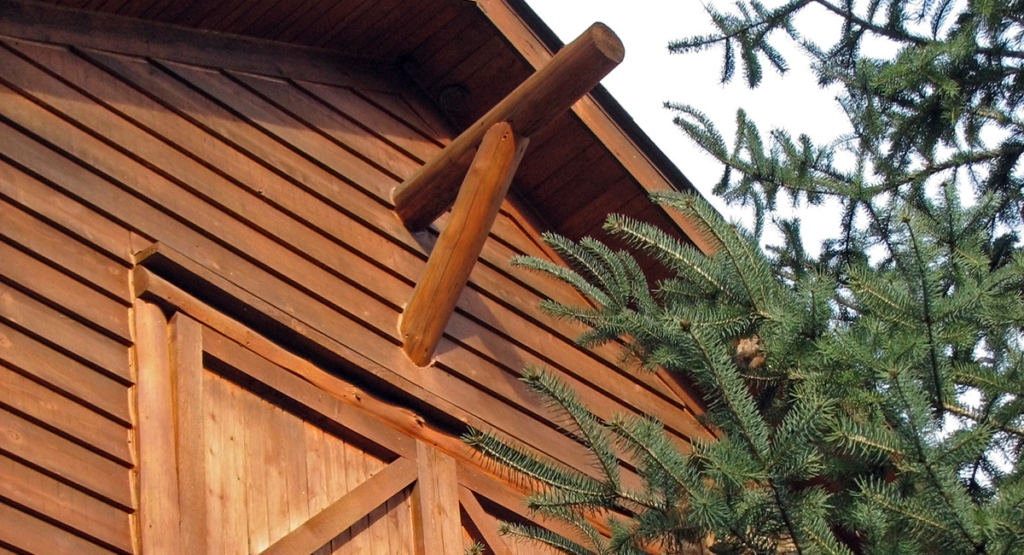

A property manager recently asked the following question: Brandon, I had a question about a project I’ve been considering for my personal home. My house has cedar siding and I have heard mixed reviews about painting cedar siding. Do you recommend it?
The answer is, it depends.
After answering this question in further detail, we realized how great of a question it was, and shared our answer with our manufacturer representative with Hirshfield’s, Steve Gifford, who expanded upon our answers which are below, prefixed with Steve:
If you have a semi-transparent stain on Cedar siding and you don’t mind the maintenance and love the beauty of wood, never paint your cedar siding. Steve: AGREE…100%. But in reality, very few people want the maintenance of an STS (semi-transparent stain). In most cases, if a house was originally done in STS oil, I move them to a semi-solid acrylic when it’s time to redo it if they don’t want a solid film. This bolsters color retention, helps even out the unevenly weathered STS and won’t flash if areas need a second coat.
If you have a semi-solid stain on your cedar siding that has been done a handful of times I would stay with a semi-solid stain. Steve: Move to a semi-solid acrylic for the benefits listed above. If it’s been done with a semi-solid multiple times, it most likely looks solid. You can move to a solid stain in this case.
If you have a solid acrylic stain and it’s been done between one and four times, I probably would still put on a solid stain. Steve: Agreed. Self-priming for areas that are peeling. Refreshes the color without adding a ton of mil-thickness.
At the point that you’ve put on a half dozen coats of solid stain you have so much film buildup and mil thickness basically you have paint but you aren’t getting the benefit of an actual paint. You’re just getting a little bit thinner watered-down paint that won’t last as long, and you aren’t getting the benefit of stain because it can’t penetrate anymore, you’re still going through the same amount of labor and product costs are roughly the same.
So if your house was built in the early 80s and it has been stained every 6-7 years you could switch to paint.
On the downside is wood delamination. Paint definitely will add on film thickness. Much more than stain. In a wind-driven, rain moisture will get to the backside of the siding which is most likely not sealed in any way. When the sun hits that siding and it dries moisture is drawn out through the face of the siding. As siding ages, and the paint does its job, the old wood fibers can let loose and delaminate from the layer below giving the appearance of peeling paint which is actually peeling, or delaminating wood. Steve: You are correct. After 6-7 paint jobs it doesn’t really matter what you use, paint or stain…the wood will eventually give out. I have experienced using or switching to ultra-deep colors like charcoal or even black and having paint blister within a week. The paint stuck great, but the top layer of wood delaminated. We moved to an acrylic stain and even though the surface temp was elevated; it didn’t blister like the house paint did (thinner film).
Having owned a property with a semi-transparent stain and loving the beauty of natural wood, and personally seeing the effects of wood delamination over the years, I personally would never paint cedar siding on my own home.
And if cedar siding has already been painted there are seldom reasons to use solid stain on it moving forward, until wood delamination begins, which it will. Steve: I would consider a thinner film solid acrylic stain if I was moving to a deep or ultra-deep color.
Bottom line: Never paint cedar siding, unless it has already been painted. Even then there are instances where it makes sense to change back to solid acrylic stain over paint.

